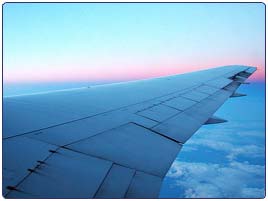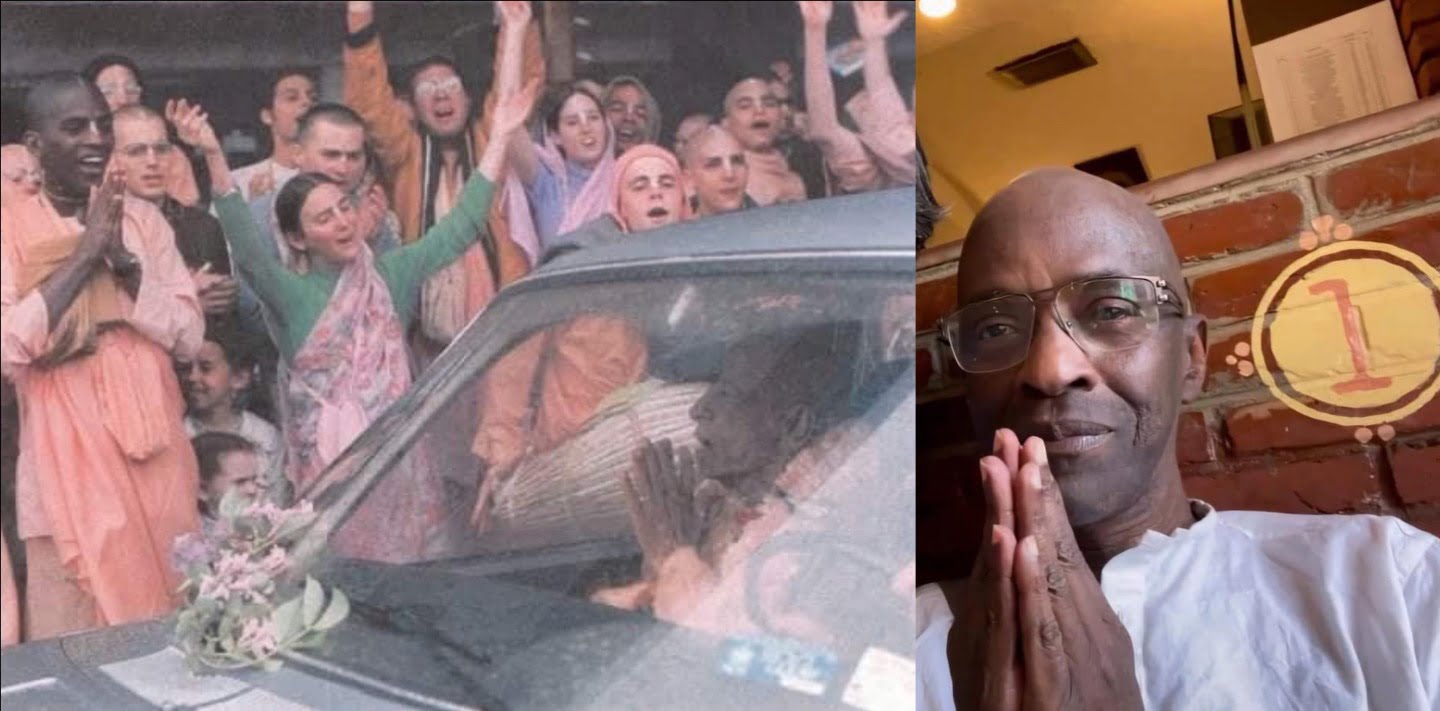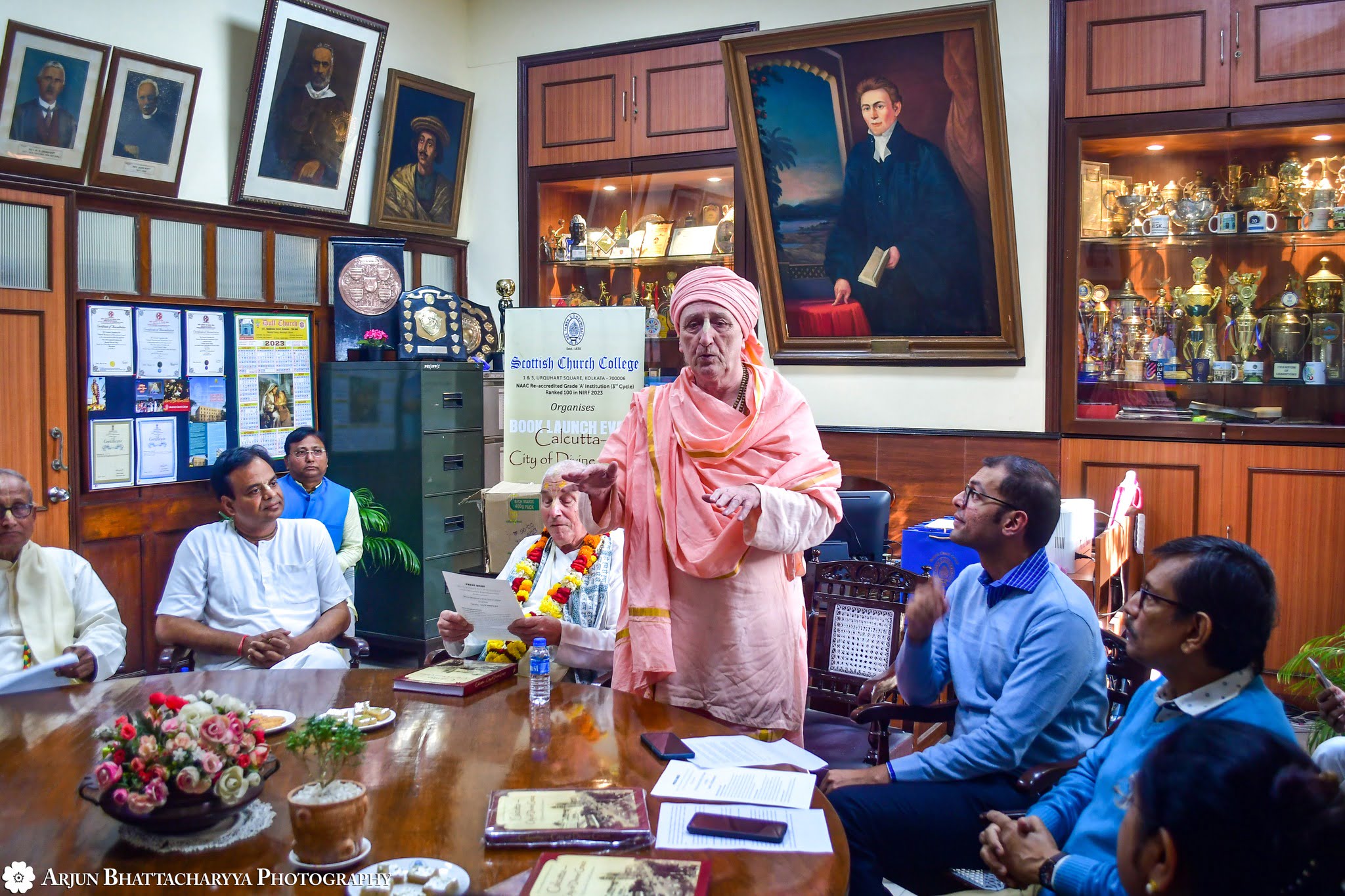Young Fliers See the Film, Be It PG or R
By Bob Tedeschi | Sep 22, 2007

A husband shoots his wife in the face, then drags her body from the pool of blood. A 12-year-old boy is crushed against a fence by a car.
These are images from movies shown to passengers recently on overhead screens in airlines, and they are sources of a new and vigorous outcry from parents, flight attendants and children’s advocacy groups who say that in-flight entertainment has become anything but family-friendly.
Critics say their anger comes as airlines, eager to cater to current tastes and acceding to more permissive standards for the entertainment media, have relaxed their rules for what they show.
Movies with R ratings are more frequently shown, though with editing, along with television reruns including sexual content, violence and other fare intended for teenagers and adults.
Because federal broadcast laws do not apply to in-flight entertainment, and because airlines need not adhere to Motion Picture Association of America ratings or television standards, parental advocacy groups have begun lobbying for change. At least one group has asked federal legislators for laws to curb violence shown on overhead screens.
Flying with children, the critics say, has become a scary experience.
“It’s almost routine now when you’re on a plane to sit there and go, ‘Whoa!’ ” said James Steyer, chief executive of Common Sense Media, which reviews entertainment products for parents. “But you’re a captive audience, and you have almost no control.”
Thomas Fine and Sara Susskind of Cambridge, Mass., recently spent two hours on a United Airlines flight distracting their 6-year-old son, Zachary, from the R-rated “Shooter,” which depicts multiple gory killings. The sound of gunshots from nearby earphones alerted Zachary to look up, Mr. Fine said. “It’s not like he can look away when he hears the sound, and he’s sitting on a plane bored, and he’s 6,” Mr. Fine said.
The airlines counter that they are trying to appeal to the widest possible audience while respecting parents’ needs, and that parents can avoid shows if they wish.
“Parents have to be responsible for the actions of their kids — whether they shouldn’t look at the screen or look away,” said Eric Kleiman, director of product marketing for Continental Airlines.
Last month, Continental featured the R-rated thriller “Fracture,” in which a character played by Anthony Hopkins shoots his wife in the face. The scene shown on the airplane is edited slightly from the version shown in theaters, though it depicts the gunshot and then blood pooling around the victim’s head.
Mr. Kleiman said the changing tenor of airline entertainment was in keeping with the changing standards of network television and other media. “Our approach is consistent with where society is going with this,” he said.
Gavin Minton, an editor with Crest Digital, which edits airline movies, said carriers might be choosing more films in which violence is core to the plot. “Movies in general are more violent,” he said. “No matter how edited it is, there will still be an aspect of it that seems violent.”
It is difficult to quantify the change in programming offered by the carriers, but there is heavy anecdotal evidence that airlines, which buy the movies of their choice from Hollywood, are breaking old barriers as they seek to improve on their shrinking list of amenities.
The Association of Flight Attendants-C.W.A., a union whose members hear complaints from parents, said that the percentage of R-rated movies had jumped in the last two years and that the observed trend was toward more graphic and violent content. Delta started showing R-rated films in December, while United and US Airways have increased the frequency with which they show such films. The three airlines also featured “Fracture” last month.
Also on overhead screens are television programs like “Monk” and “Desperate Housewives,” deemed appropriate by parental review organizations for teenagers but not for children.
Parents have noticed. “You don’t have to have ‘Leave it to Beaver’ on, but for Pete’s sake, you don’t have to have Eva Longoria seducing the high school kid on the dining room table, either,” said Timothy Winter, president of the Parents Television Council, which offers parents advice on program selections. Mr. Winter said he received weekly complaints about airline movies from parents, whereas last year he received none.
Mr. Kleiman, of Continental, said that at times there were not enough popular romantic comedies and other lighter movies to fill the available slots in his airplanes. When an airline chooses to feature R-rated movies, he said, movie studios send an uncut version to the airlines, along with a list of suggested cuts.
Jeff Crawford, who oversees the division of Warner Brothers that markets movies to airlines, said his editors “know what to do,” adding, “They’re doing it both for the airline and for TV, down the road, where we’d obviously try to tone down the graphic violence or blood.”
Nina Plotner, an account manager with Inflight Productions Inc., which works on behalf of many airlines to review and acquire films, said of the editing procedure, “If we take all the good things out, there’s not going to be a lot left to play.”
Ms. Plotner added: “If you get a complaint, you get a complaint. You can’t please everybody.”
Mr. Kleiman, of Continental, agreed, saying: “People love Pepsi, and we don’t serve that, so there you go, we just ruined their flight. That’s an accurate analogy.” Airlines said they received relatively few complaints.
The debate about suitable content in airlines comes against the backdrop of a continuing debate about movie violence in Hollywood. Researchers have determined, for example, that standards for films rated PG-13 (parental guidance suggested for those 13 and under) have become more lax in recent years, with such films often featuring violence, sexual situations and profanity that would have been R-rated (suitable for age 17 or over) a decade ago. Indeed, many airline movies cited by parents and critics have been rated PG-13, including “King Kong.”
Shari Maser of Ann Arbor, Mich., spent part of last year sitting up at night with her 7-year-old daughter, who had nightmares after seeing a preview for “King Kong” on a US Airways flight. It showed people being attacked by dinosaurs.
Researchers who study child psychology said graphic images could stay with small children well into adulthood.
“Children can have nightmares from seeing literally a few seconds of a scene from a horrible movie,” said Joanne Cantor, who taught communications at the University of Wisconsin-Madison. “Young children don’t have the cognitive ability to put the visual aside and say, ‘That’s just a movie.’ ”
Jesse Kalisher, a photographer in Chapel Hill, N.C., this spring introduced KidSafeFilms.org, a Web site on which he is gathering support for restrictions on airline films. Mr. Kalisher said 1,600 people had so far signed an online petition. He has begun lobbying federal legislators to curb violence shown in airline movies.
Airline executives said that as old planes were replaced, passengers would have personal screens with a range of children’s shows and unedited films and cable TV series, as they do on JetBlue and Virgin Atlantic. But even those systems are flawed, critics said.
Children can see the screens of people nearby, and one parent recently did not hear a JetBlue flight attendant telling passengers how to turn off the screens. When the preview for the horror film “28 Weeks Later” appeared on every screen in the aircraft, he hastily unplugged his 9-year-old daughter’s earplugs and ordered her to look away. In front of her, zombies, citizens and soldiers battled in the streets until jet fighters incinerated them.














